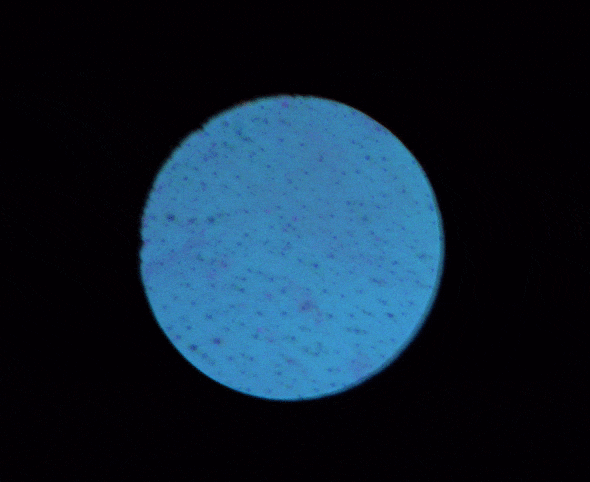Researchers from the University of Central Florida are on the brink of taking our LCD resolutions to a whole new level! They claim to have developed a new surface that can manipulate individual subpixels on display, which means our screen resolution can be tripled in the very near future!
The researchers have figured out a way to manipulate subpixels using voltage, and there are subpixels in every pixel on a screen. A single subpixel handles one of the three basic colors: red, green or blue. A white backlight is passed through the pixel while the LCD shutter regulates the visibility of the subpixel. For example, if the pixel needs to be red, the LCD shutter control will hide the blue and green subpixels. Same goes for more complex colors.
But the UCF’s NanoScience Technology Center’s team has come up with an embossed nanostructure surface and reflective aluminium that eliminates the needs for using the subpixels entirely and instead, they created a test device where the color of each subpixel could be controlled individually. This means rather than using one subpixel dedicated to one color, it can produce the full spectrum, thus doing the work of three. The sudden threefold increase in the productivity means the resolution of the device will become three times as high, and every subpixel would be working when the white light shines, leading to much brighter pictures.

The researchers now have to prove that their technology is compatible with the current hardware.
“It allows you to leverage all the pre-existing decades of LCD technology. We don’t have to change all of the engineering that went into making that,” Daniel Franklin, one of the authors of the paper, told the UCF college news outlet.
The researchers also have to tackle the issue of extremely high fresh rates we use today in applications like first person shooter games. But if they can successfully scale up the technology, it would be a huge step towards a new era of high-def viewing.
The technical details have been published in Nature.


